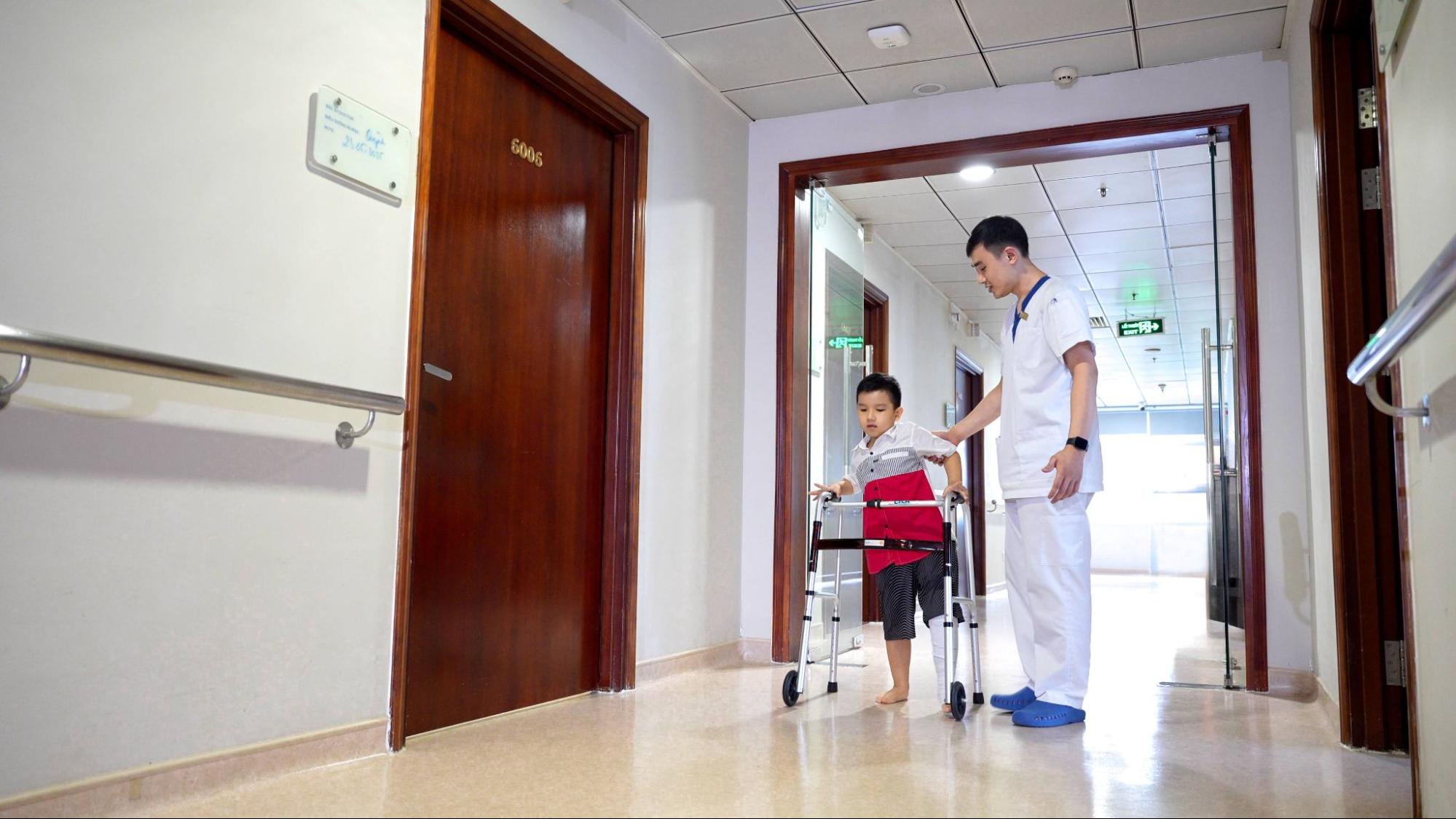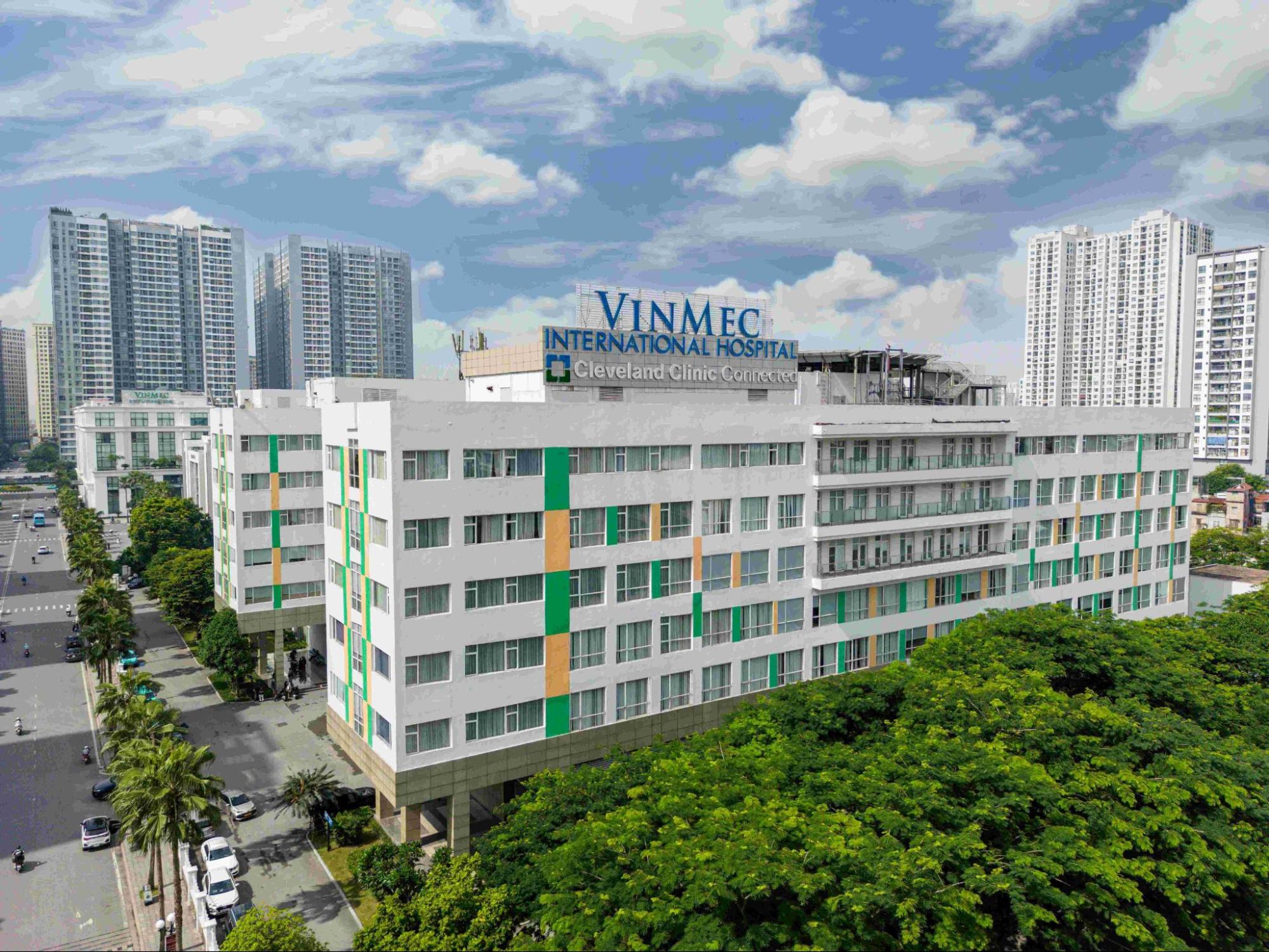Vinmec Healthcare System in Vietnam has achieved a medical milestone by successfully implanting the world’s first fully 3D-printed titanium femur in an eight-year-old osteosarcoma patient. The procedure, performed at Vinmec Times City International Hospital, not only preserved the child’s limb and mobility but also establishes a new standard for pediatric orthopedic oncology treatment.
This landmark case represents the first documented instance of a complete femur replacement using a customized 3D-printed implant in a patient this young, marking a significant advancement in both surgical innovation and Vietnam’s emerging role in precision medicine.

Pioneering application in pediatric oncology
Traditional total femur replacements have historically relied on conventional implant systems with limited customization options. According to medical literature in the U.S. National Library of Medicine, no previous cases exist of fully 3D-printed or patient-specific femoral implants in pediatric applications. This breakthrough required developing entirely new approaches to address the unique challenges of pediatric bone cancer treatment.
The custom implant was designed and manufactured entirely in Vietnam by biomedical engineers at VinUni’s Biomedical 3D Lab. The team created the prosthetic based on detailed analysis of the child’s specific anatomy and incorporated projections for future growth—a critical consideration in pediatric orthopedics that conventional implants cannot address.
“The surgery represented a breakthrough in complex techniques and demonstrated the strength of our multidisciplinary collaboration,” said Prof. Dr. Tran Trung Dung, Director of the Orthopedic Council at Vinmec.
This achievement places Vietnam at the forefront of a regional movement toward self-reliant, precision healthcare. While neighboring countries like Singapore and Malaysia have begun integrating 3D printing into surgical workflows, this marks the first biomedical device fully designed and produced in Vietnam for clinical application of this complexity.

Engineering for growth: A modular titanium solution
The development process involved extensive multidisciplinary collaboration between orthopedic surgeons, oncologists, radiologists, and pharmacists over several months of case reviews. The treatment followed a carefully planned two-stage approach: surgeons first removed the tumor and inserted a temporary cement graft in January 2024, allowing the patient time to recover from cancer treatment before proceeding with the definitive reconstruction.
In May 2025, once the patient had fully recovered and the cancer treatment was complete, the medical team performed the second surgery to install the customized titanium femur. The timing proved crucial, as it allowed the engineering team sufficient time to perfect the implant design while ensuring the patient’s overall health was optimized for the complex procedure.
“We contacted foreign manufacturers, but none had a solution that met the child’s unique needs,” explained Dr. Tran Duc Thanh, who was directly involved in the operation. “Self-manufacturing allowed us to act quickly and provide a solution that aligns with the future of Vietnamese medicine.”
The femur design incorporates modular engineering principles specifically to accommodate the child’s growth over time—an essential innovation in pediatric orthopedic oncology where conventional implants often require multiple replacement surgeries as children develop.
Southeast Asia’s emerging healthcare innovation hub
This case exemplifies Southeast Asia’s rapidly growing investment in localized, patient-specific healthcare solutions. The success demonstrates how regional innovation centers can deliver world-class medical outcomes while building domestic capabilities in advanced manufacturing.
According to Metatech Insights, the Asia-Pacific 3D printing healthcare sector will experience dramatic expansion, growing from $1.04 billion in 2025 to $6.7 billion by 2035. This growth is driven by increasing demand for personalized care solutions and substantial regional investments in research and development infrastructure.
Vinmec’s achievement illustrates the broader potential of 3D printing technology to deliver cost-effective, highly complex medical solutions without dependence on overseas suppliers. More significantly, it demonstrates that cutting-edge surgical innovation is no longer concentrated exclusively in Western medical institutions, but is emerging from healthcare systems across the developing world.
A story of determination and hope
Behind this clinical milestone lies a profoundly human story of maternal determination and medical perseverance. When faced with the initial recommendation of amputation following chemotherapy, the child’s mother refused to accept limb loss as the only option. Her unwavering advocacy led the medical team to pursue a more advanced, albeit significantly more challenging, alternative treatment approach.
The decision to attempt this unprecedented procedure required not only technical innovation but also considerable courage from both the medical team and the family. The successful outcome validates the importance of exploring every possible option before accepting limitations, particularly in pediatric cases where quality of life considerations extend across decades.
Today, her son walks again—on a femur designed and manufactured in Vietnam, customized specifically for his anatomy and engineered to grow with him. This achievement represents not just a medical success, but a symbol of how determination, innovation, and collaborative expertise can overcome seemingly impossible challenges in modern healthcare.

